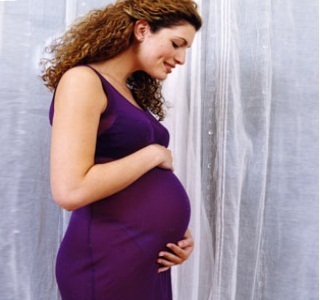Prenatal period is a crucial time for both, the expecting mother and the fetus. Every minute detail during this period signifies vital information and should not be neglected in any case.
An important aspect during the prenatal period is measuring the size of the fetus inside the womb. The size of the baby thus deciphered allows doctors to determine vital information related to the rate of growth of the baby and at the same time, identify the presence of growth-related problems in the fetus, if any.
At times, the baby in the fetus might be suffering from Intrauterine Growth Restriction or might exceed the usual size as per the gestational age. Measuring the size of the baby in the womb can aid doctors in providing appropriate treatment for the above mentioned problems and prevent further complications. Though no elaborate system exists to measure the exact growth of the baby in the womb, doctors have devised different methods to estimate the approximate growth of the fetus
First Measurement
During the first trimester, usually between 7-14 weeks, an ultrasound test is conducted to ascertain the length of the baby starting from the crown to the rear. During this period, babies generally bend their legs and tuck them into their chest. As a result, measurement can be done only from the crown to the buttocks. This method allows doctors to gauge the approximate age of the fetus and ascertain whether the fetus is following a normal growth rate or not.
Second Measurement
Once the fetus is 20 weeks old, the fundal height of the baby can be measured. Fundal height is a term that denotes the distance from the pubic bone to the uterus. A normal fundal height, measured in centimetres, is same as the term of the pregnancy, measured in weeks.
However, fundal height is not an accurate estimation of the growth of the baby as it is subject to discrepancies due to some reasons. It is dependent on the position of the baby and the amount of amniotic fluid which can increase or decrease the fundal height, and therefore lead to an inaccurate estimation. In cases where babies drop in the womb and turn sideways, their fundal height is lesser as compared to breech babies. Nonetheless, conducting this test gives a rough evaluation of the rate of growth of the baby.
Third Measurement
When the baby has reached 26 weeks, femur length is measured along with the abdominal circumference and the distance between the two skull bones. Some doctors might go ahead to measure the circumference of the head, distance amid fetal heads and humerus length. Any discrepancies in the measurements should be carefully noted and thoroughly investigated. Small biparietal measurement indicates a flat head and provides information to take necessary precaution to avoid further problem.
Precautions
Usually babies, after reaching the second trimester, show a different rate of growth in the womb. Hence, a correct estimation of growth rate is possible mainly in the first trimester of the expectant mother. Nonetheless there is no method to arrive at an accurate measurement of the baby in the fetus and the chances of error are quite high.
